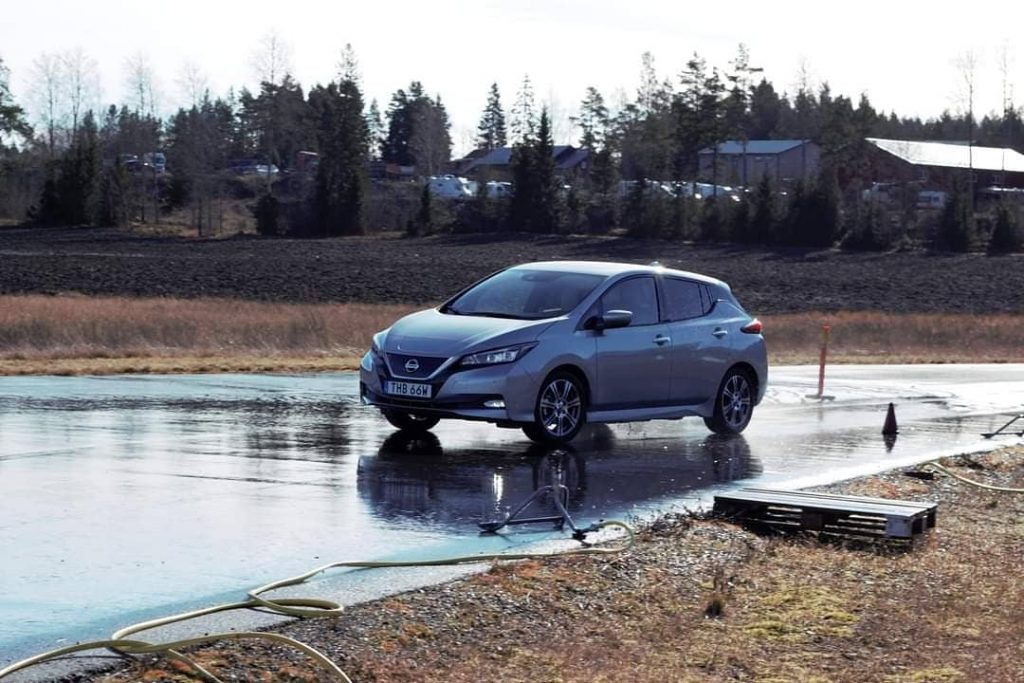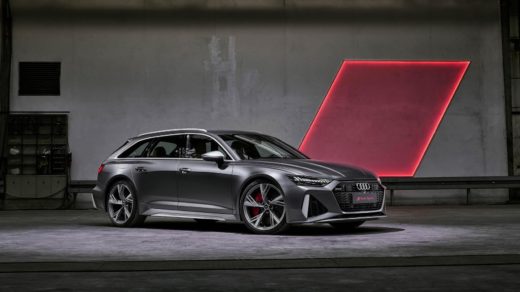Nissan Leaf MY20 – Track review
When I got the email to test the Nissan Leaf, I firstly thought: new?? That is very much the case. Minor details that might not be the first thought for new buyers, but when you actually use them, realize that many are a necessity.
How do you review a smaller electric car? The track is definitely not the first on my list, but Covid has also had an effect on how car companies do press events, and to have the possibility to have one at all is something to be grateful for.
Let´s look it in a different light. If Nissan is bold enough to let us thrash their swift and safe Leaf to the best of our abilities, and come out alive. An argument could be made that EV vehicles inherent low center of gravity makes almost any car decent at handling, including the Leaf.
From the outside, since the Leaf received a major overhaul in 2018, the only change is a new grey paint called Ceramic grey. Inside, the steering wheel can now be controlled both up-down and back-forward, which is something I personally need since not many vehicles are adapted to taller human beings. To be fair, it is something they could have added with the second generation in 2018.
Back to the track. The drive was divided into three sections. The first was obstacle avoidance on a wet surface. Big run up, reach the cones, swerve to the right, then back to the left, and try to go for a small gap between the cones. Fun fact, a version of this is actually a part of getting your driver’s license here in Sweden. First and foremost. Remove the ESC and test the power. Winter tires, cold surface and electric torque meant that there might have been some tire smoke. With the bigger battery of 62 kWh, power goes up to 215 hp. More than enough for this type of car.
Second test was an obstacle course performed in reverse only in order to test the new digital rear view mirror. A camera is fitted on the, as standard, shark antenna and gives a much wider field of view. A very smart feature that is coming to more and more models, and of you for some reason don’t want it, you flip a switch underneath the mirror and it goes back to being a normal rear view mirror again. Personally, I find this feature much more usable on the highway. Perfect for minimizing the blind spot. Another update is the blind spot assist, which apart from warning when switching files without indicating, uses the brakes to nudge the car back and tell the driver that something is wrong.
Third test was a classic, higher speed, slalom course. To be fair, even though it does understeer, the rear does follow to create an illusion of fun, and to be even fairer, it didn’t feel like a fish out of water.
To conclude, all of the updates are extremely minor, but all extremely usable. However, the saying putting a makeup on a pig is somewhat related. The second generation was introduced in 2018, and the Leaf in its entirety in 2011. Time to really iron out the kinks. The Leaf has cornered the market of small electric cars for quite some time. The biggest battery gets you 362 km for a price of 44 thousand Euro before bonuses, and the smaller battery Leaf costs from 36 thousand. Almost dead on the money on the Mini Copper SE. The interior is the caricature of what an electric car interior should look like. The steering wheel looks great, but the menu design, transmission control and much else does not sit right in 2021. The Leaf offers longer range, good interior space, necessary tech and an evolved platform for a price that no car currently can match. I just hope they give the interior a well-deserved revamp.








